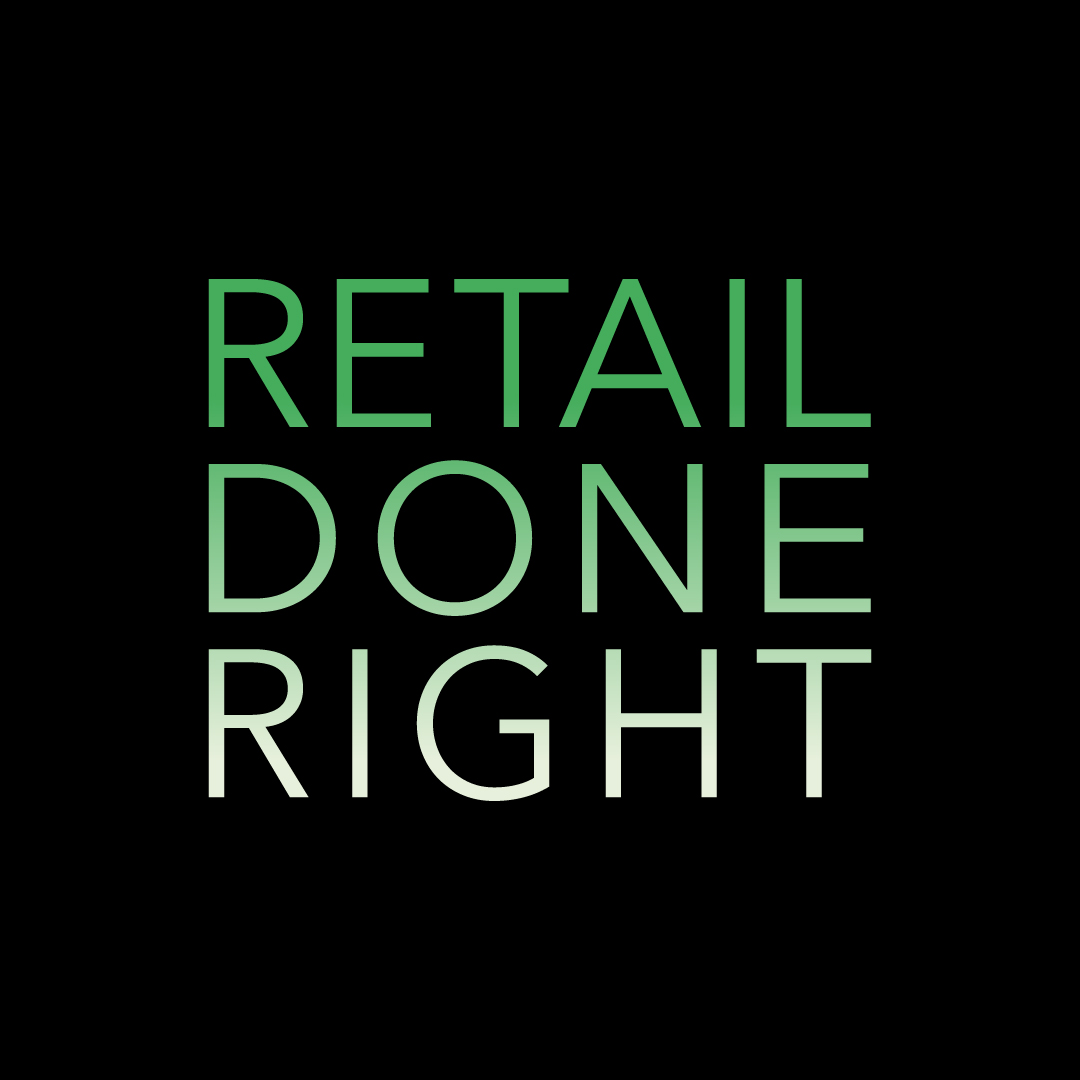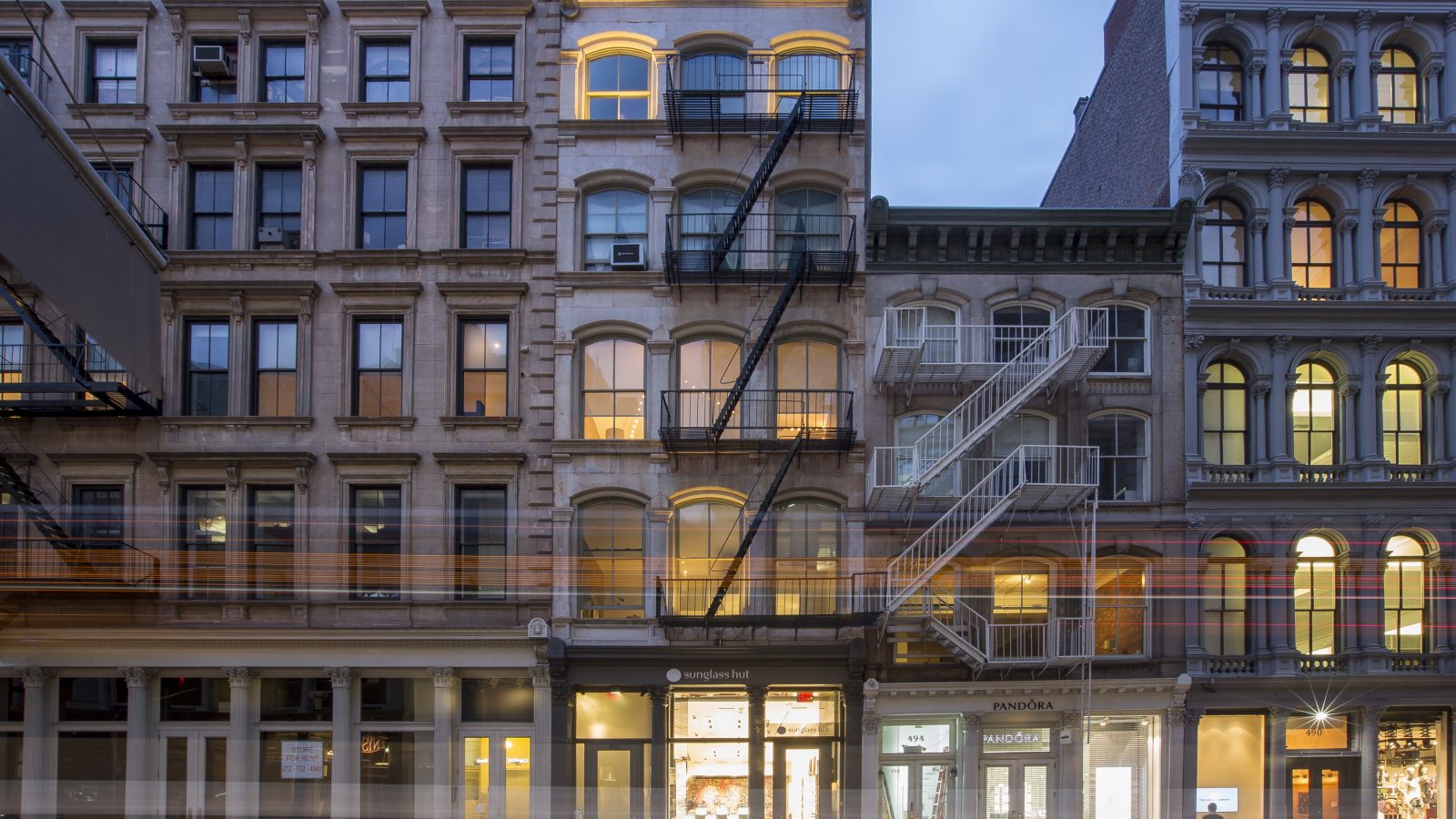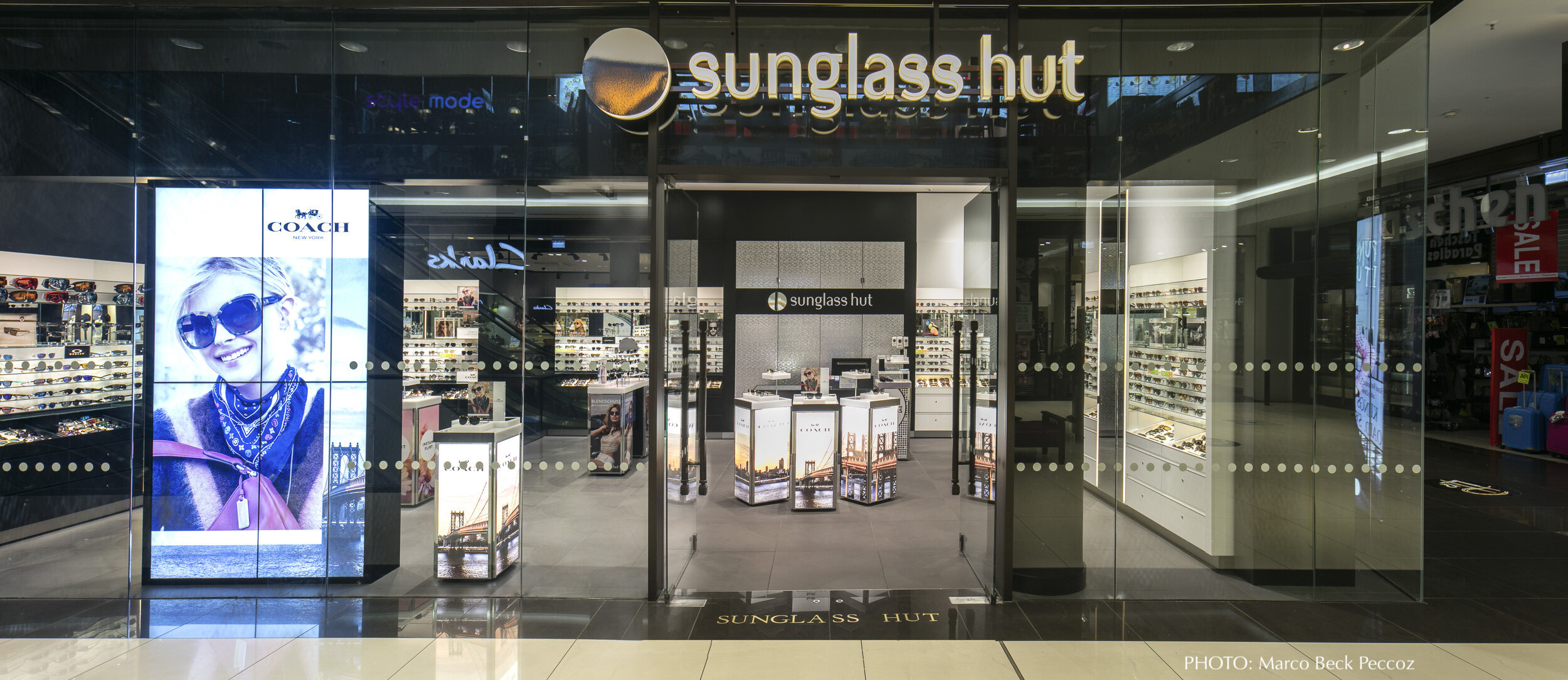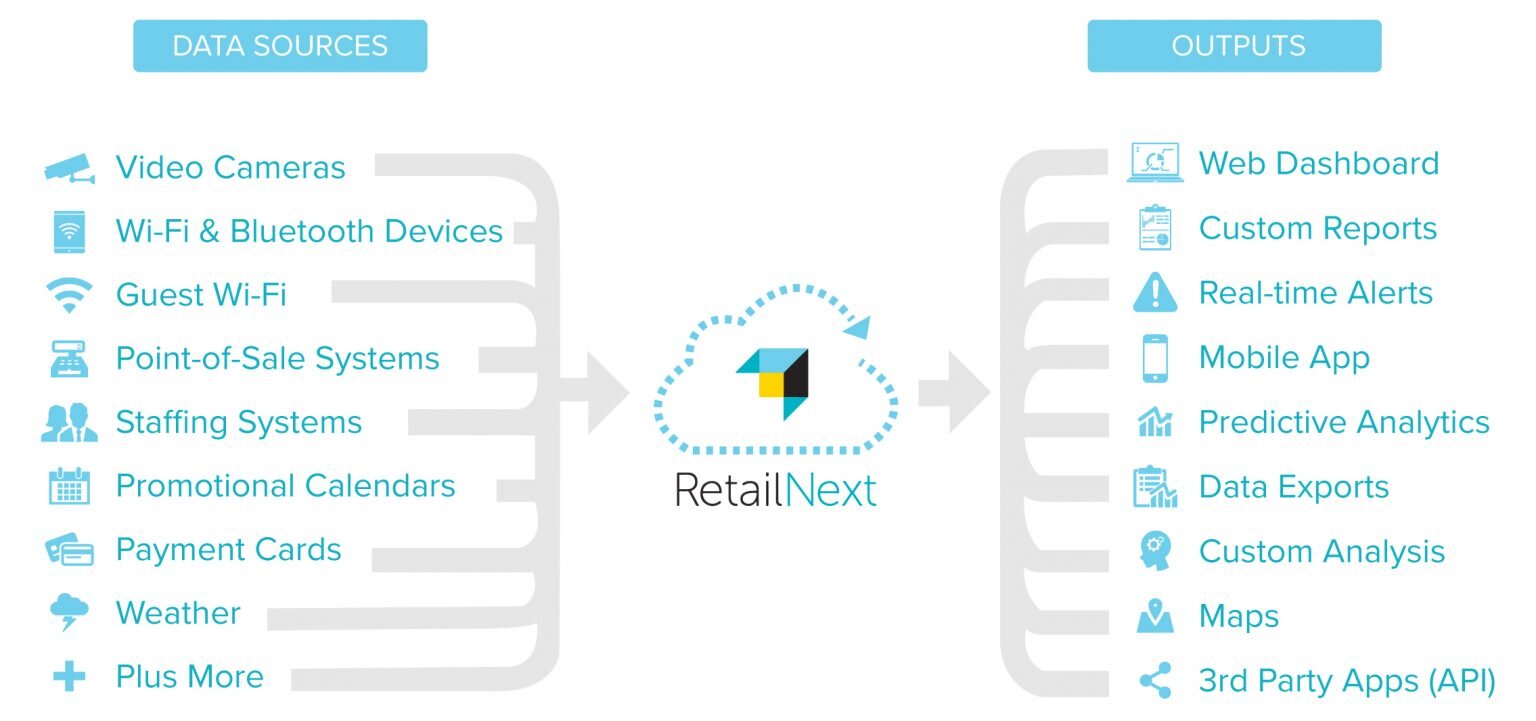From my days working in retail to now advising retailers, I’ve observed that retail work and life have some fuzzier boundaries than in other industries. Separating “work” from “non-work” became significantly harder in the pandemic. It certainly became more confusing as some of the least paid employees were deemed essential which meant they were “required” to take on more risk.
And during the pandemic, each of us established a whole new personal operating model (and not exactly by choice). Yours was different from mine and mine was different from my sister’s, my neighbor’s, my work colleagues. While we did not have a choice in the need to create a new personal operating model, we did have particular choices within it that could reflect our emerging priorities. Many of those new priorities have been expressed as actions in the great resignation. If a worker perceived that their value or their values (or both) were not met, you can bet they were seeking new roles elsewhere.
Retail managers and team members have been carrying those personal operating models into the store with them. Yet how we talk with our workforce – as individuals, teams and organizations – may need to include another “newish” concept – psychological safety – as a baseline for people to discuss their choices, their preferences and their expectations, as well as the work they do.
I’d like to posit that a few things here are worthy of examining:
- What is real psychological safety? (Not some “hooey” that happens before you hit the sales floor, that’s for sure.)
- What are the benefits for retail?
- How can we apply psychological safety to our environments – getting started?
I’ll close with some resources that guided my thinking and might help shape your approach.
What is psychological safety?
While it’s been around for decades, the most salient definition of psychological safety comes from Harvard University’s Amy Edmondson around “team psychological safety,” which is “a shared belief held by members of a team that it’s safe for self-expression and interpersonal risk taking.” There’s also a definition, more commonly accepted about “bringing your whole self to work. These two things are not antithetical, but we will focus more on the former than the latter.
Many of us working corporate jobs think taking a risk around colleagues is simple. It’s not.
Whether someone is the youngest member of the team, the oldest, the newest or the most tenured, there is often a room for self-doubt. That’s where safety kicks in. Many times in retail but especially at the store level, conformity is favored over creativity. (I can only imagine telling my Pottery Barn manager I came up with a new way to merchandise the pillow wall.). How it’s done is how it’s done. There is not an alternate way to merchandise or set up a register queue. Those directives, or planograms, or uniforms are created at the corporate level. Let’s face it, front end personnel are often told how to bag groceries. I don’t know about you, but anyone who has seen customers bagging their own groceries, knows there is no reason anyone should be snapping at the front end about grocery bagging.
Yet, do you know who knows more about the front end than anyone else? Yes, that’s right, those employees. So, the question becomes how do you make it safe for them to tell you what you should be doing?
Benefits of Psychological Safety for Retail
When employees, especially retail employees, feel psychologically safe, they are a wellspring of improvement ideas, especially process improvements. Incrementally, when employees understand the process recommendation has come from their own ranks, they are more than likely to give it a fair test. This should not be underestimated.
They are also likely to make and learn from mistakes. In cultures where the word “experiment” is used, those who have been told or felt their opinion matters and they can express it, don’t fear “failure.” Experiments have outcomes; they don’t need to have binary “pass/fail” criteria. So, giving feedback is not perceived as a weakness, it’s a read out. And the test can be repeated to collect more precious feedback – which is welcome as a gift (or so the people who write those surveys they send to customers tell us).
It also boosts employee engagement and often leads to the generation of more ideas. (Another point that should not be underestimated.) It enables employees to coach each other. When one seller can come to another and say, “I missed that sale, can you help me figure out where to improve?” or is comfortable enough to say, “I felt myself getting bothered by that situation so I …,” that team is psychologically safe.
I was lucky enough to be on a team that was working hard on psychological safety. We were all trying. We were trying to be there for the team, for ourselves and to manage through our personal operating models too. I can’t say it was easy. I can say I walked away respecting our leadership and many of my colleagues more than when I started. I also knew more about them and not just the cursory things.
Psychological safety is present when we are humble about where we are. We are interested in understanding what others bring. We care. And we are willing to move fast and break things – to experiment and take risks so we can capture what we learn about the process and ourselves.
That’s not encoded speak for D&I initiatives. Diversity & Inclusion is a must in retail. It’s one of the most diverse industries that exists. We can’t reduce either concept into the other. They work together. Psychological safety means you accept the whole person, of course, AND it means that each member of the team is valued uniquely and experiences trust from among the collected team members. It means speaking your mind and being creative, courteous and collaborative – without fear of punishment or retribution.
There are two key parts to this – and my reference point here is Daniel Kahneman.
If the brain has two systems… One that manages the stuff we can do on autpilot (me making coffee in the morning). There’s a second that handles more difficult things – for instance trying to plan the store work schedule or reorganize the stock room. That second system requires intense focus to get work done. It draws on multiple bodily systems as well as the brain. It leaves us little mental awareness for other things. Some of the filters we have can fall by the wayside. Consider this scenario: you’re trying to reconcile the last six boxes on two trucks of inventory, and someone wants to know what you want for lunch for the third time. What you want at that moment is to scream. But remember, you’re holding up lunch for six others.
It is really hard to get outside your default settings. It’s not just you, it’s hard for all of us. But it is where the magic happens.
We have to work on the psychological safety when we can because when we are doing deeper work, trying new things, we want real and true feedback. We want to understand results. We want to find that flow – for ourselves, for our teams, for our organizations. So, we have to try to create psychological safety so our employees can communicate. Without fear of punishment or retribution.
When we can use psychological safety to develop positive responses to sharing and participating, “Thanks, that was helpful,” “I appreciate your perspective,” “I can see that in a new way,” we are enabling pathways in the brain and across the collaborative team to solve complex problems faster, with curiosity and confidence.
This helps redefine the word challenging – because now we are not challenging the person’s beliefs or actions. We are challenging the problem and doing so with humility. We are acknowledging contributions with gratitude. Again, we are not winning or losing. No one is failing. We are testing and trying and learning. The moment it becomes about loss, that’s when we start to have team members fall into declining participation, lowering job satisfaction and reducing engagement.
How can we apply psychological safety to our environments? – Get started.
- Ask associates to consider their similarities and reflect on their differences without judgment. Everyone has hopes and dreams and wants to be respected.
- Give grace. It can be hard to recognize every member of the team; however, encouraging people to share their perspectives; including what makes them happy and makes them feel respected helps others to learn
- Be vulnerable. Share something about yourself that allows others to share as well.
- Be curious. “I’ve noticed you don’t want to talk to customers today. Did something happen? Can I help?”
- Offer alternatives or ask for them. “What should we do? “How should we start?”
- ASK FOR FEEDBACK – and be open to receiving that feedback
- And remember, people work for people. We’re all in this together.
This isn’t a one-and-done. I know you know that. I do promise it’s rewarding, and it will change the way you think about and do work. Please share your thoughts and tell me what I can do better.
https://www.ted.com/talks/amy_edmondson_how_to_turn_a_group_of_strangers_into_a_team
https://hbr.org/2017/08/high-performing-teams-need-psychological-safety-heres-how-to-create-it
https://hbr.org/2021/04/what-psychological-safety-looks-like-in-a-hybrid-workplace



